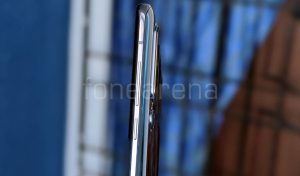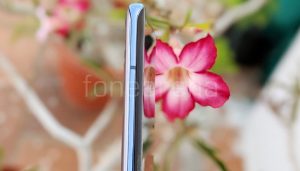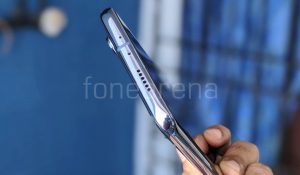Xiaomi launched the Mi 10, the company’s latest flagship smartphone in India last month. This Mi series phone comes to India after the Mi 5 launch in 2016 and Mi MIX 2 launch in 2017. The on-paper specifications look good, but it is criticized for the high price tag in the Indian market. Are the features compelling for the price? Let us dive into the review to find out.
Box Contents
- Xiaomi Mi 10 8GB + 128GB in Twilight Grey color
- USB Type-C Cable
- 33W charger (5V-3A/9V-2A/9V-3A/12V-1.5A/12V-2.25A/20V-1.32A/11V-3A)
- SIM Ejector tool
- Protective case
- USB Type-C to 3.5mm converter
- User manual and warranty information
Display, Hardware and Design
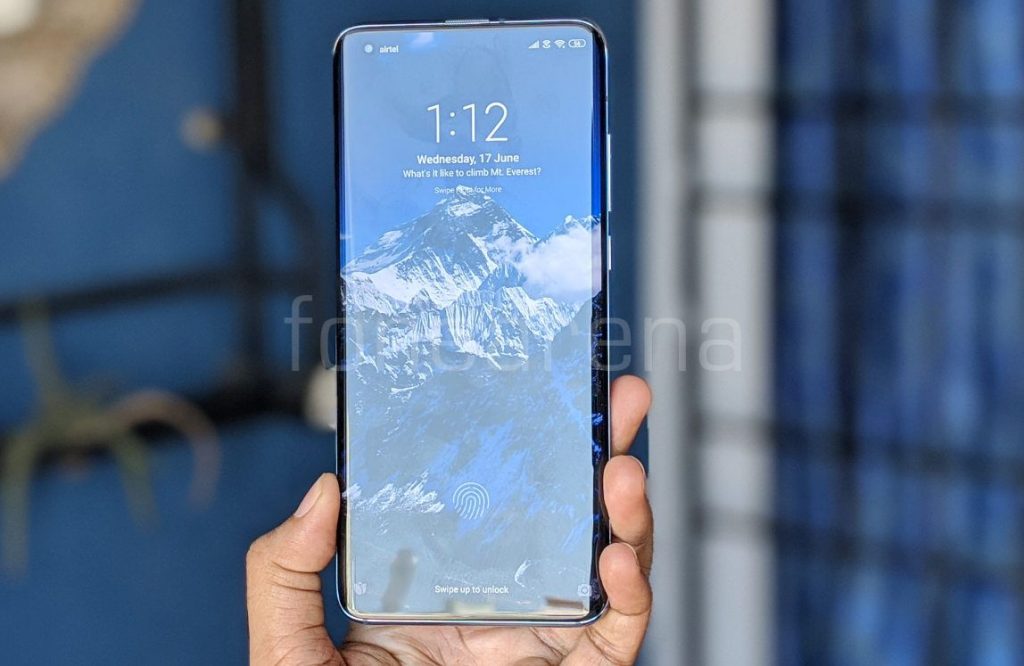
The first thing you notice about the phone is its large curved E3 AMOLED screen. It packs a 6.67-inch AMOLED Full HD+ curved DotDisplay with a pixel resolution of 2340 x 1080, 19.5:9 aspect ratio. I can compromise on the lack of QHD+ screen for the battery life. Sunlight visibility is brilliant, thanks to 800nits typical brightness and a peak brightness of up to 1120nits in HBM mode, and a contrast ratio of up to 5,000,000:1 offering vivid content. It offers JNCD <0.55 for true to life colors. The display also supports 90Hz refresh rate and a touch sampling rate of 180Hz for a smooth experience, especially when gaming. The screen is protected by Corning Gorilla Glass 5.
The screen is HDR10+ certified, which you can experience in Netflix and YouTube apps. Since this has a 19.5:9 aspect ratio screen, you can pinch to zoom to fill the screen when you use video apps, but the content is cropped. Under the display options there are different options to adjust colors and contrast based on your preference, option to switch from 60Hz and 90Hz and Anti-flicker mode, which is DC dimming that reduces eye strain in low light conditions. There is also reading mode that lets you reduce the display’s blue light emission so it doesn’t cause eye strain when you are reading at night.
Ambient Always on display option can be enabled from display settings. There are are range of clock faces to choose from. This doesn’t consume a lot of power since this is an AMOLED screen, but the company says that it increases the power consumption so it turns off automatically when the phone stays dark for a long time or battery saver restrictions are applied. You can also set a schedule for the always on mode.
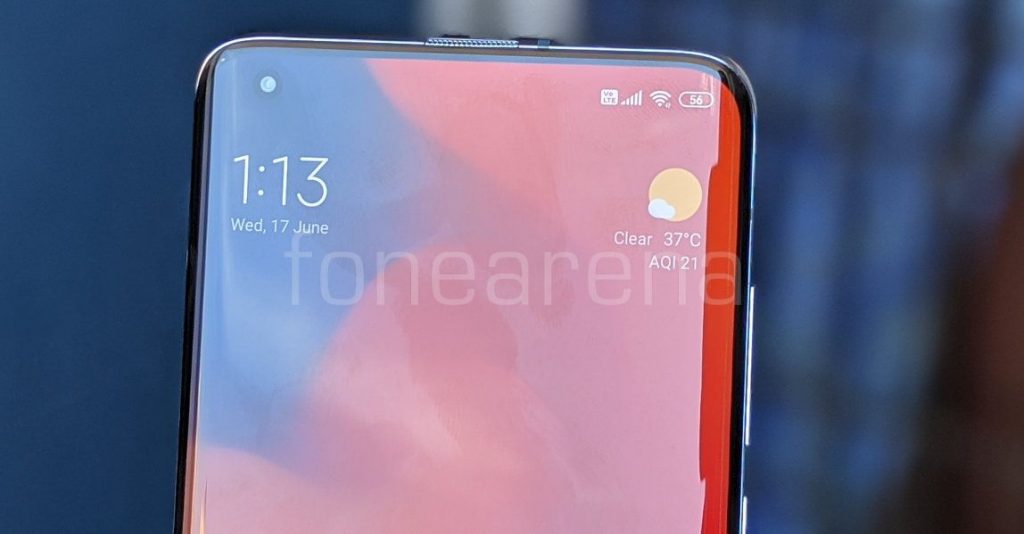
Above the display there is an earpiece on the top edge, but the phone doesn’t have notification LED, which is acceptable since it has Ambient display options. The proximity and ambient light sensors are under the screen. It also has a gyroscope and a magnetic sensor, otherwise known as a magnetometer. There is also a tiny 4.08mm hole for the 20-megapixel camera on the front, and the company says that it is the visible aperture and the actual aperture is 3.84mm. Since it is small it is not intrusive when watching videos.
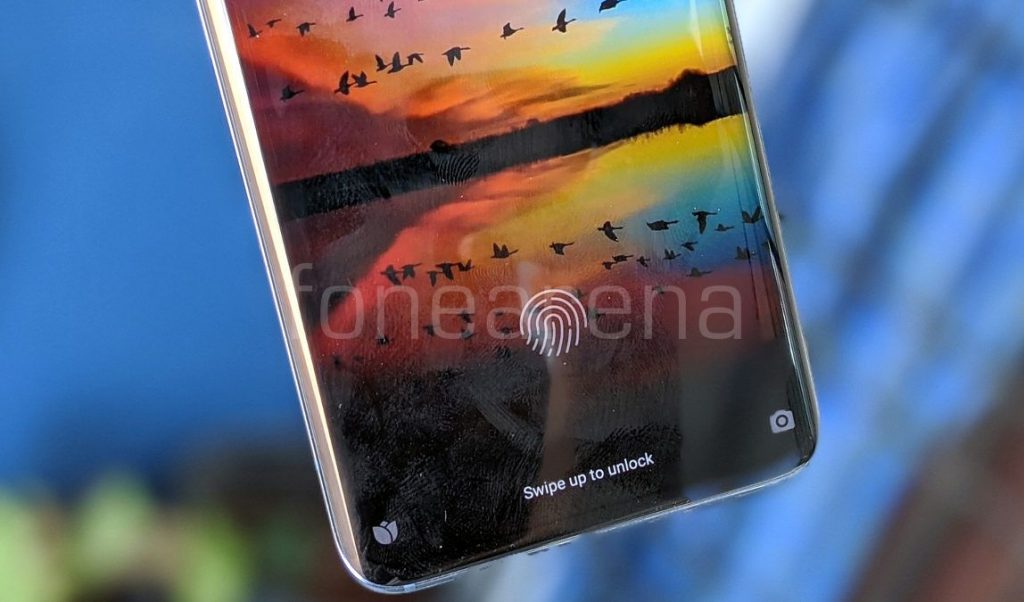
There is a small bezel below the display, but this has minimal compared to most other smartphones. The Mi 10 features X-axis linear vibration motor, which enables over 150 custom vibration patterns across the UI for the best haptic experience, and the different can be felt when using the phone.
The phone has a metal frame, and you can see the antenna cutouts. The power button and volume rockers are present on the right side. Secondary microphone, secondary speakers and IR blaster is present on the top. On the bottom there is a primary microphone, primary speaker, USB Type-C Port and dual nano SIM slots.
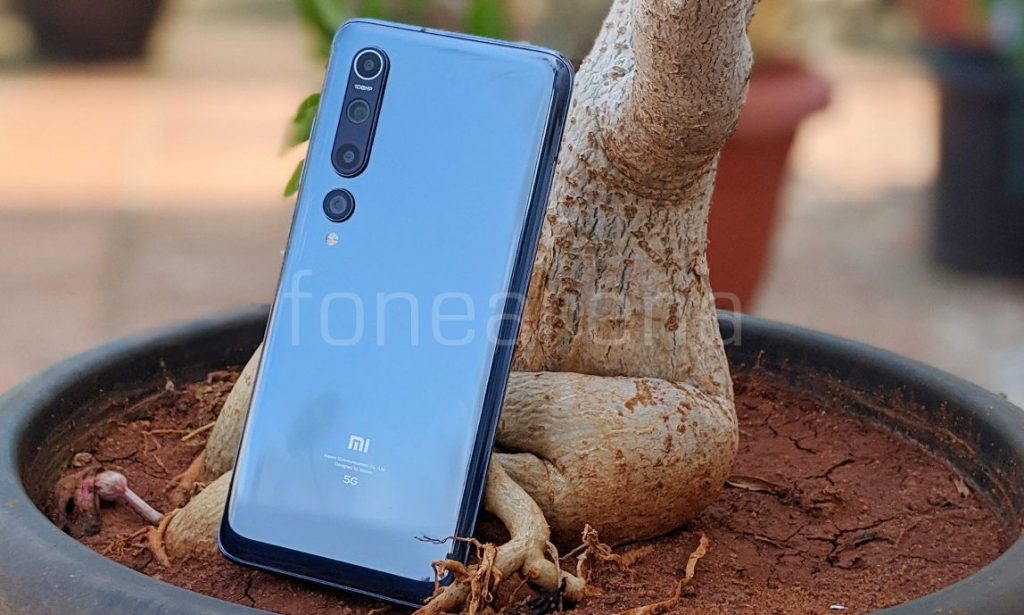
Even though the phone has a large screen, it is easy to hold since it is 74.8mm wide. It has about 90% screen-to-body ratio. This has 3D glass back with glossy finish that looks and feels premium and also comes with Corning Gorilla Glass 5 Protection. Glass back of the phone attracts fingerprints easily and might be slippery, but the bundled case is good. It packs a 4780mAh built-in battery. It weighs 208 grams, and the weight distribution is good. The phone is 8.96mm thick, and the company says that the frame is just 2.2mm thick.
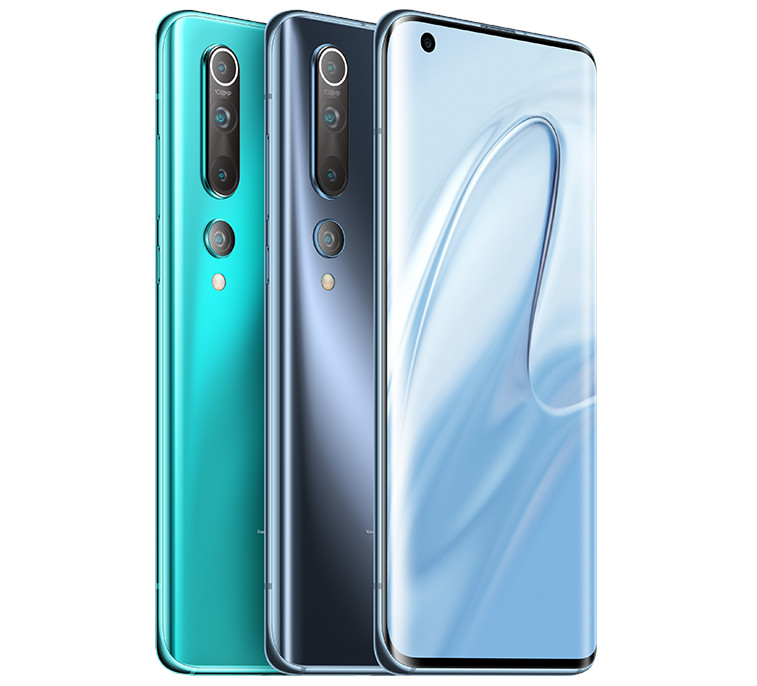
The phone has a P2i nano coating, making it splash proof and it can also withstand light rain, but can’t be immersed in water since it lacks IP ratings, which is the most expected feature in a flagship phone. In addition to Twilight Grey, the phone also comes in Coral Green color, which looks brighter.
Camera

The phone packs a 108-megapixel primary rear camera with large 1/ 1.33″ Samsung sensor, 0.8μm pixel size, f/1.69 aperture, OIS, EIS along with a secondary 13-megapixel 123° ultra-wide sensor, 2-megapixel depth and 2-megapixel macro sensors. There is also a 20-megapixel pop-up front camera with 0.8μm pixel size and f/2.3 aperture.
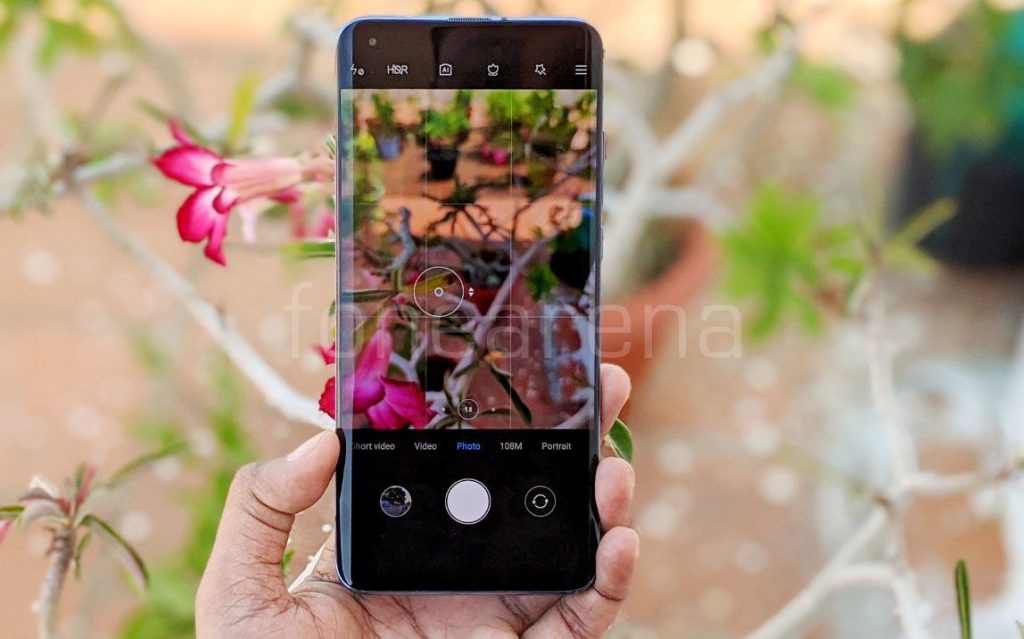
The camera UI is familiar with other Xiaomi smartphones running MIUI 11 with flash, HDR, AI, Macro mode, colour modes (Normal, Vivid, Film, Amour, Latte, Sun, Cookie, Calm, Soda, Gourmet, Glow, Berries, B&W and Fade) on the top. Pressing the menu option shows camera frame, timer, tilt-shift, straighten, Documents and Google lens. There is a front camera toggle on the bottom along with option to select modes such as Slow motion, Short Video, Video, Photo, 108MP, Portrait, Night, Panorama and Pro mode to adjust white balance, focus, shutter speed (1/4000s to 30 seconds), ISO (100 to 6400) and option to select main, ultra-wide and macro lens. You can also shoot in RAW in Pro mode. Beautify option for the front camera lets you adjust several features, in addition to smoothness. There is also a new 21:9 wide portrait feature which is called ‘movie’ mode which works both rear camera front cameras and for video, but there is no separate portrait video mode.
Xiaomi has enabled Cam2API by default so you can side-load ported Google Camera APKs for advanced editing including RAW capture.
Check out the camera samples (Click the image to view the full resolution sample.).
Coming to the image quality, daylight shots came out well with good dynamic range. After pixel binning you get 27MP output. HDR shots are better with improved dynamic range. 13MP wide-angle shots are good as well, but it struggles in low light due to f/2.4 aperture. 108MP mode that offers a lot of details and can go up to 25MB in size. Even though there is no telephoto lens, it uses the software for offering up to 10x digital zoom. This is like taking an image and cropping up later, so up to 5x the images look decent, and further you zoom, you lose the details. The dedicated 2MP macro sensor is unnecessary since the company could have offered macro option in the 13MP ultra-wide camera.
Low-light shots are good, thanks to 4-in-1 Super Pixel technology that lets the camera’s sensor hardware combine 4 pixels into a single 1.6μm large pixel, and the night mode is even better making the images brighter offering more details, but there is noise when there is hardly any light. Images with flash are good and the flash is not overpowering. Daylight front camera shots from the 20-megapixel front camera is decent, but not the best even in daylight conditions due to the tiny sensor. Output is 20MP in resolution, and the image size is around 7MB. Portrait shots have decent edge detection even though it is done using software.


